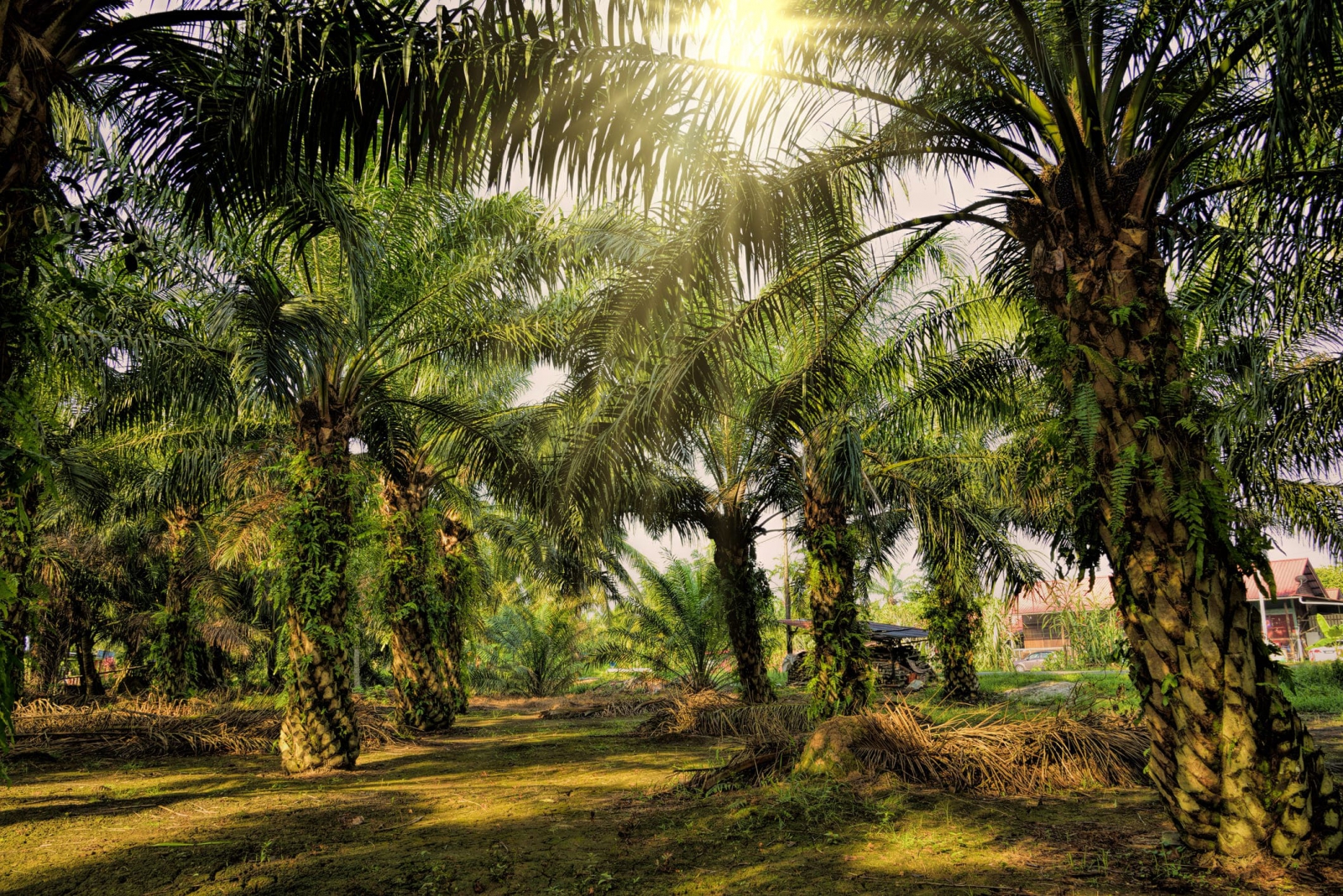
(iStock)
Researchers from Malaysia and Japan test process converting felled palm trees into renewable biomass energy.
Stacks of felled palm tree trunks are seen at a demonstration plant in Kluang, located in southern Malaysia. These trunks, upon entering a machine, are swiftly transformed into piles of damp, amber-colored fibers within seconds. The fibers are later washed, dried and converted into small, cylindrical fuel pellets.
The facility also uses the liquid extracted from the washed fibers. This liquid, containing sap, is repurposed into pellets through recycling.
Palm trees, comprising 70% to 80% water, produce huge amounts of sap. Representatives from the plant highlight that due to the sugar content in palm sap, it can be repurposed into fertilizer or sustainable aviation fuel.
The project was selected in 2018 for a sustainable development research program supported by the Japan Science and Technology Agency and the Japan International Cooperation Agency. It is led by Akihiko Kosugi of the Japan International Research Center for Agricultural Sciences. Japanese universities and firms are participating along with Malaysia's government and the Universiti Sains Malaysia.
Palm oil, used in many kinds of food products and daily necessities, is the most heavily used vegetable-derived oil in the world. Malaysia and Indonesia produce about 80% of the global volume. But the expansion of palm groves has been held responsible forest destruction. Transforming palm oil production into an environmentally sustainable industry has become an urgent concern.
Recycling old palm trees reduces greenhouse gas emissions
After approximately 25 years, a palm tree's yield diminishes, requiring replanting. Typically, when old palm trees are cut down, they are left to decompose with the assumption that they will enrich the soil.
But Kosugi said that research indicates felled palm trees become breeding grounds for termites, along with other insects and fungi.
In Malaysia, tens of millions of palm trees are felled and left abandoned annually. According to Kosugi, each ton of felled palm tree trunk generates 1.3 tons of greenhouse gases.
Palm waste is being considered as a biomass source for energy production. However, impurities present in palm waste can potentially harm boilers or cause fires.
At the Kluang plant, impurities are removed, long fibers are pulverized into powder, and the resulting dust is compressed into homogeneous pellets.
Palm waste can also be repurposed into material for furniture manufacturing. Panasonic Housing Solutions, a subsidiary of Panasonic Holdings, has devised a production method to create wooden boards from deceased palm trunks. While production is currently undergoing testing, the company is supplying boards to 15 furniture manufacturers. Since 2022, beds and other furniture crafted from palm trunks have been available for purchase in Japan.
The profitability of recycling old palm trees into fuel remains uncertain for the Kluang plant project.
To lower the cost of delivering palm trunks to recycling plants, one solution is to approach businesses that run both palm groves and oil extraction facilities with a deal to dispose of waste in exchange for free supplies of felled palm trees.
Such an arrangement might work in Sarawak, a state renowned for its numerous integrated palm groves and processing plants. Nissin Shoji, a Japanese corporate partner in the project, intends to build a recycling plant in Sarawak. The firm said that palm tree trunks are 'an attractive commodity in terms of securing fuel and reducing greenhouse gases.'"




